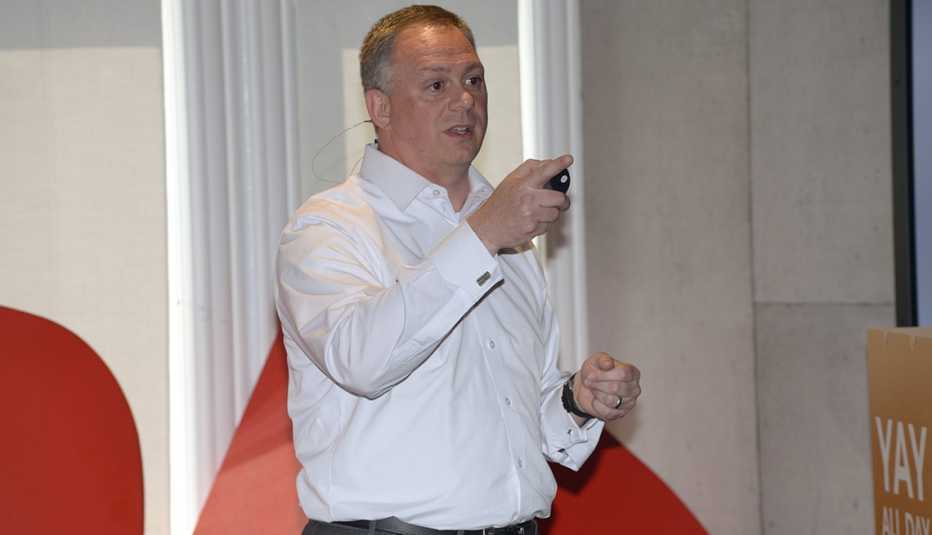AARP Hearing Center
Each of us will grow old — if we’re lucky. The same can be said for nations: luck, in the form of prosperity, gives rise to older populations as surely as a good growing season leads to an ample harvest. Today, most countries around the world are about to haul in the biggest longevity crop of all time: the fruit of all the affluence, education, and technological progress that burgeoned in the second half of the 20th century.
The effect will be enormous. The aging of populations represents the most profound change that is guaranteed to come to high-income countries everywhere and most low- and middle-income ones as well. There may be other big shifts headed our way — related to climate change, say, or global geopolitics, or technological advancement — but their particulars are still up in the air. We can only speculate about how London will cope with sea-level rise, or Tokyo with self-driving cars. But we know exactly how global aging will unfold. We know when and where it will happen and to what degree. We know which subpopulations are likely to live long lives, and shorter lives, and how prepared they are for their future.
Because population aging will manifest in such dramatic-yet-predictable ways, when companies make long-term plans for the future, there should be nothing higher on their priorities list than preparing for an older world. It’s worth planning for the unexpected, after all, but only after you prepare for the guaranteed.
With few exceptions, however, companies — and nonprofits and governments — are not getting ready. The reason why is a mystery. In fact, from my perspective as the founder of the Massachusetts Institute of Technology (MIT) AgeLab, a research organization devoted to studying the intersection of aging and business, it’s the mystery.
Happily, I’m here to report, there is an answer. It’s so simple that it almost defies belief: Old age is made up.
That doesn’t mean I think arthritis is imaginary or that we can will ourselves to live forever. Rather, the meaning of “old” — whether you’re talking about the life stage, the “senior” population, or even your conception of self — is what academics would call “socially constructed” and everyone else might call a mass delusion or a story that no one realizes is fictional. Certain bits of our current idea of old age are grounded in biology. But most of it was invented by human beings for short-term, human purposes over the past century and a half.
Today, we’re stuck with a notion of oldness that is so utterly at odds with reality that it has become dangerous. It constrains what we can do as we age, which is deeply troubling, considering that the future of our older world will naturally hinge on the actions of the older people in it. It also distracts companies from serving the true needs of aging consumers, an already staggeringly powerful group that is growing larger, wealthier, and more demanding with every passing day.
The setup
The world is growing older for three reasons, the most obvious of which is the fact that people are simply living longer. The story of the United States resembles that of most high-income nations: The majority of American babies born in 1900 could not expect to see their 50th birthday; as of 2015, life expectancy in the United States had reached 79 years. Even larger gains have unfolded in Western Europe, East Asia, and elsewhere. Of major economies, Japan leads the world with a life expectancy of 84 years; it’s followed closely by Spain, Switzerland, Italy, and Singapore. Nipping at their heels are most other western and southern European countries, as well as standouts elsewhere in the world such as South Korea, Chile, Australia, New Zealand, Canada, and Israel.
If I were teaching this information to my graduate students, some wisenheimer in the back of the room would have chimed in by now: “What about childhood mortality?” It’s true: The biggest component of the post-1900 life expectancy bump is due to the fact that far more of us survive childhood than we did over a century ago, particularly the gauntlet of diseases that threaten kids from birth to age 5.
However, it would be woefully incorrect to say that all of our life expectancy gains are due to diminished child mortality. For one thing, we’ve also cut back on deaths for people in their 20s, 30s, 40s, and 50s. A 30-year-old American man in 1900, for instance, was six times more likely to die within a year than a 30-year-old man is today. And a 30-year-old woman was 12-and-a-half times more likely to die within a year. As a result of things like public health measures, indoor plumbing, a lack of world wars (knock wood), modern medicine, antibiotics, safer workplaces, and — a big one — safer childbirth, far more of us are reaching 65 than ever before.





































































